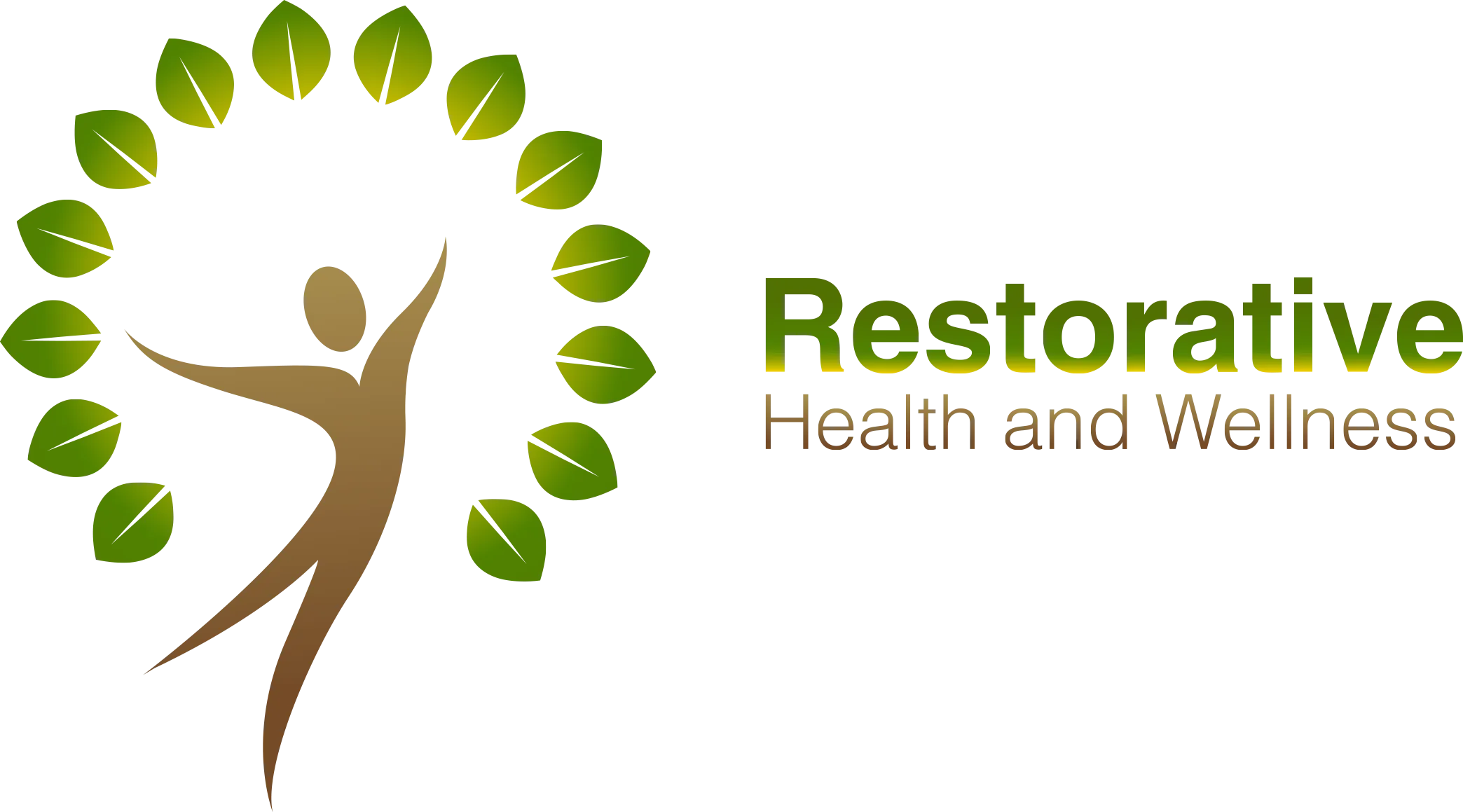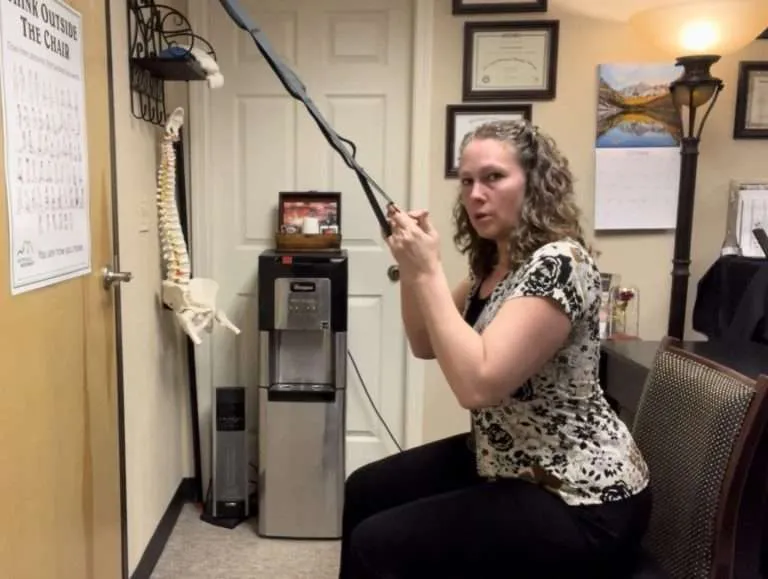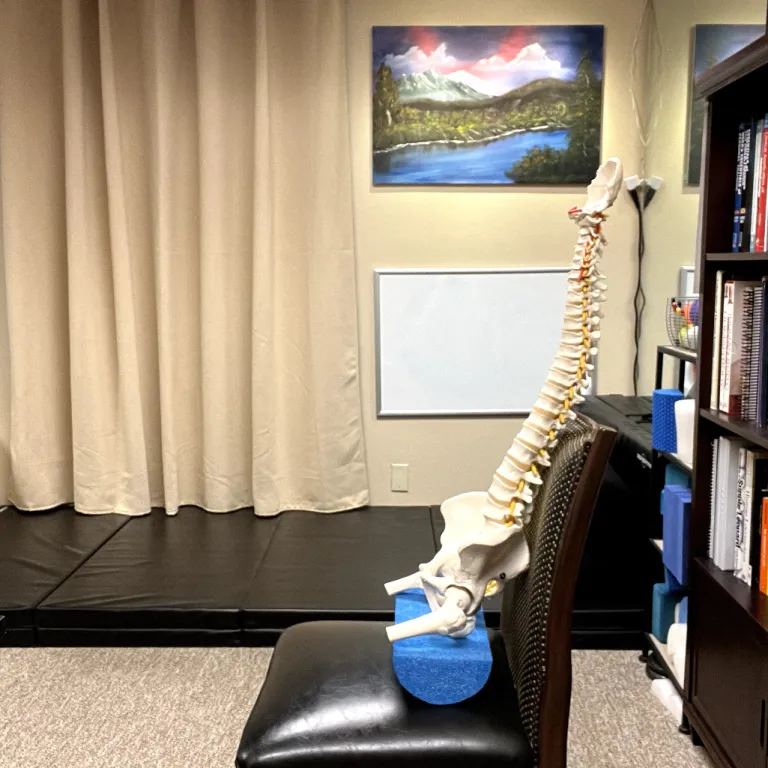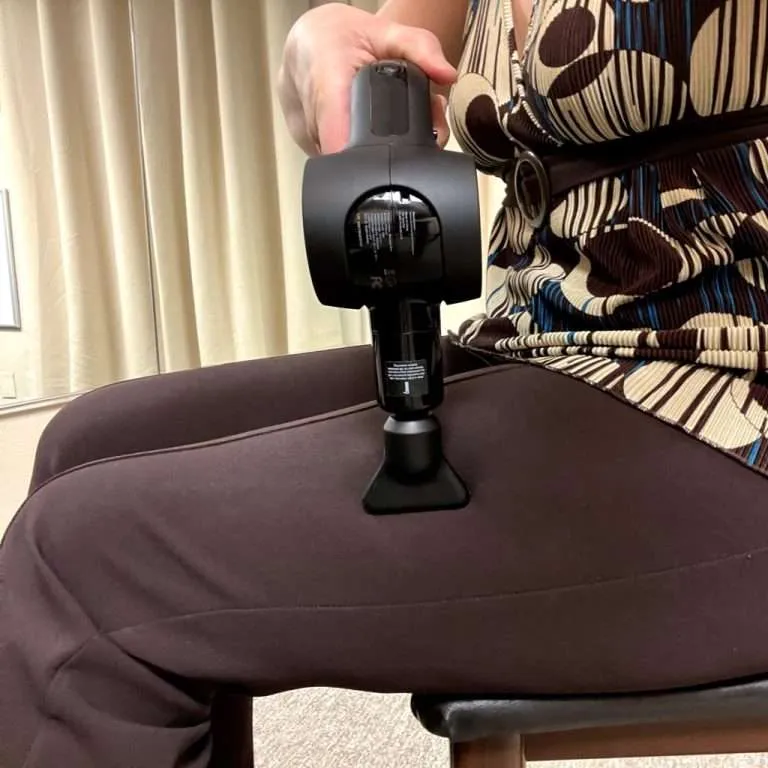Reading with good neck posture: simple tutorial to protect your neck and shoulders

Hi, I’m Emily Boudwin from Restorative Health and Wellness. If you want practical, hands-on ways to read a paper book or a Kindle while protecting your neck, this tutorial is for you. In this article I’ll walk you through how to read with good neck posture, show easy positions and props that reduce strain, and give quick exercises to relieve tension if your neck or shoulders already feel tight.
Reading with good neck posture is not about sitting perfectly still; it’s about making smart choices so you’re not putting your head far forward for long periods. I’ll cover multiple reading positions—sitting, reclining, side-lying, and lying on your back—and give tips you can start using right away.
Why reading with good neck posture matters
Most people read by dropping their chin and rounding their upper back so the head leans forward. That position increases load on the neck and upper shoulders, contributing over time to stiffness, headaches, and shoulder pain. When the head is forward even a few inches, the muscles at the base of the skull and the upper trapezius and sternocleidomastoid (SCM) have to work harder to hold your head up. Reading with good neck posture reduces that unnecessary load.
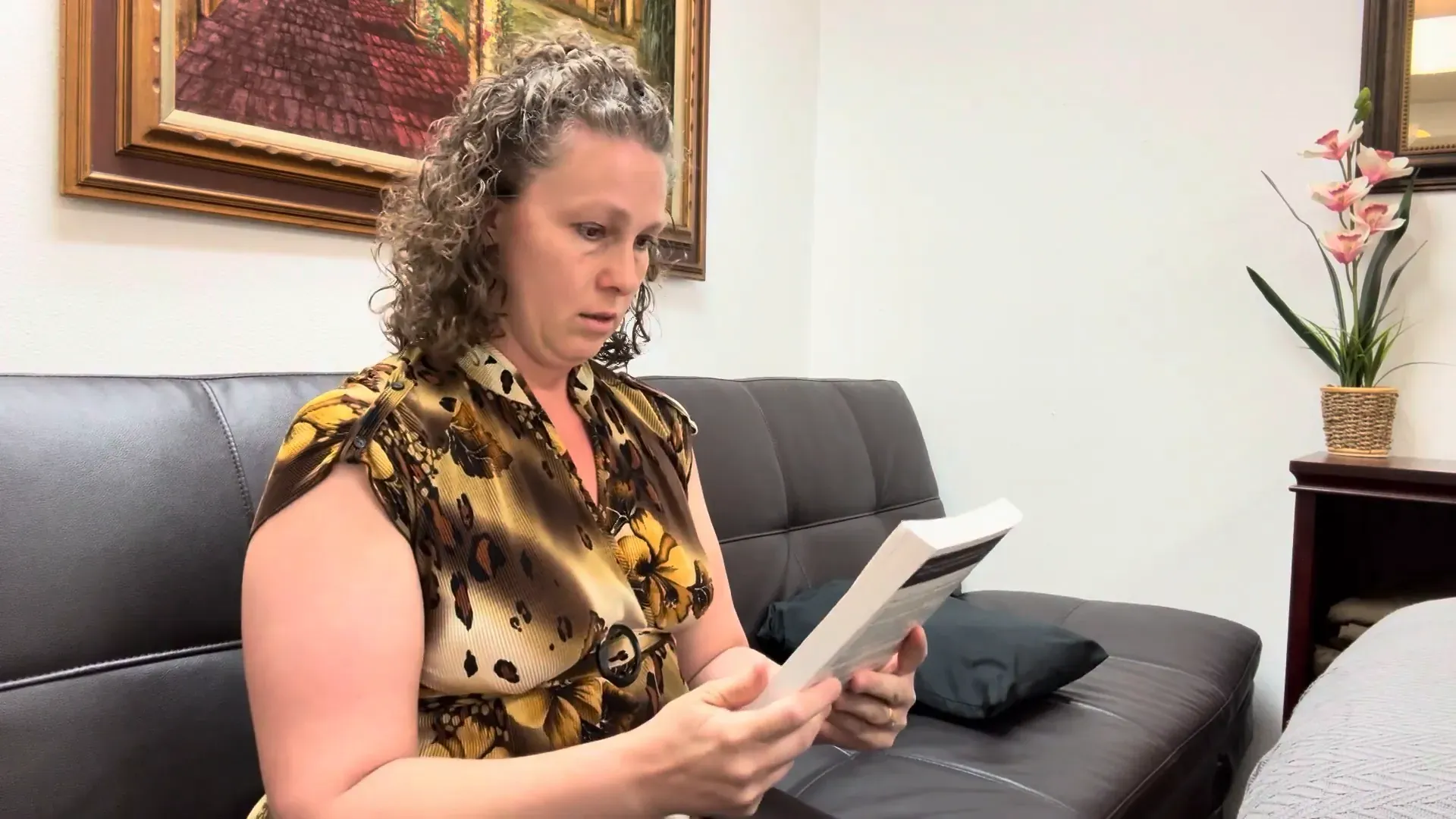
Quick checklist: read this before you start
- Bring the book to eye level whenever possible—move the book, not your head.
- Support your arms so you’re not holding your shoulders up; rest forearms on pillows or armrests.
- Change position regularly—stand up, shift sides, or take a short walk every 20–30 minutes.
- Use a pillow behind your head when reclining so your neck stays neutral.
- Turn pages with small motions—avoid reaching and rotating your whole upper body repeatedly.
Step-by-step tutorial: how to read with good neck posture
Below I describe a set of positions and how to modify them so you maintain good neck alignment. Practice these choices and pick the ones that fit your reading habit.
Sitting upright on a couch or chair
1. Sit with your back supported by the chair or couch. Keep both feet on the floor so your pelvis is stable.
2. Bring the book up to eye level with both hands. Your chin should be slightly tucked so your gaze is down about 10–20 degrees, not straight down at your chest.
3. Rest your elbows on pillows or the armrests so your shoulders don’t creep up. If your arms get tired, swap and rest the book on a pillow in your lap but elevated toward eye level.
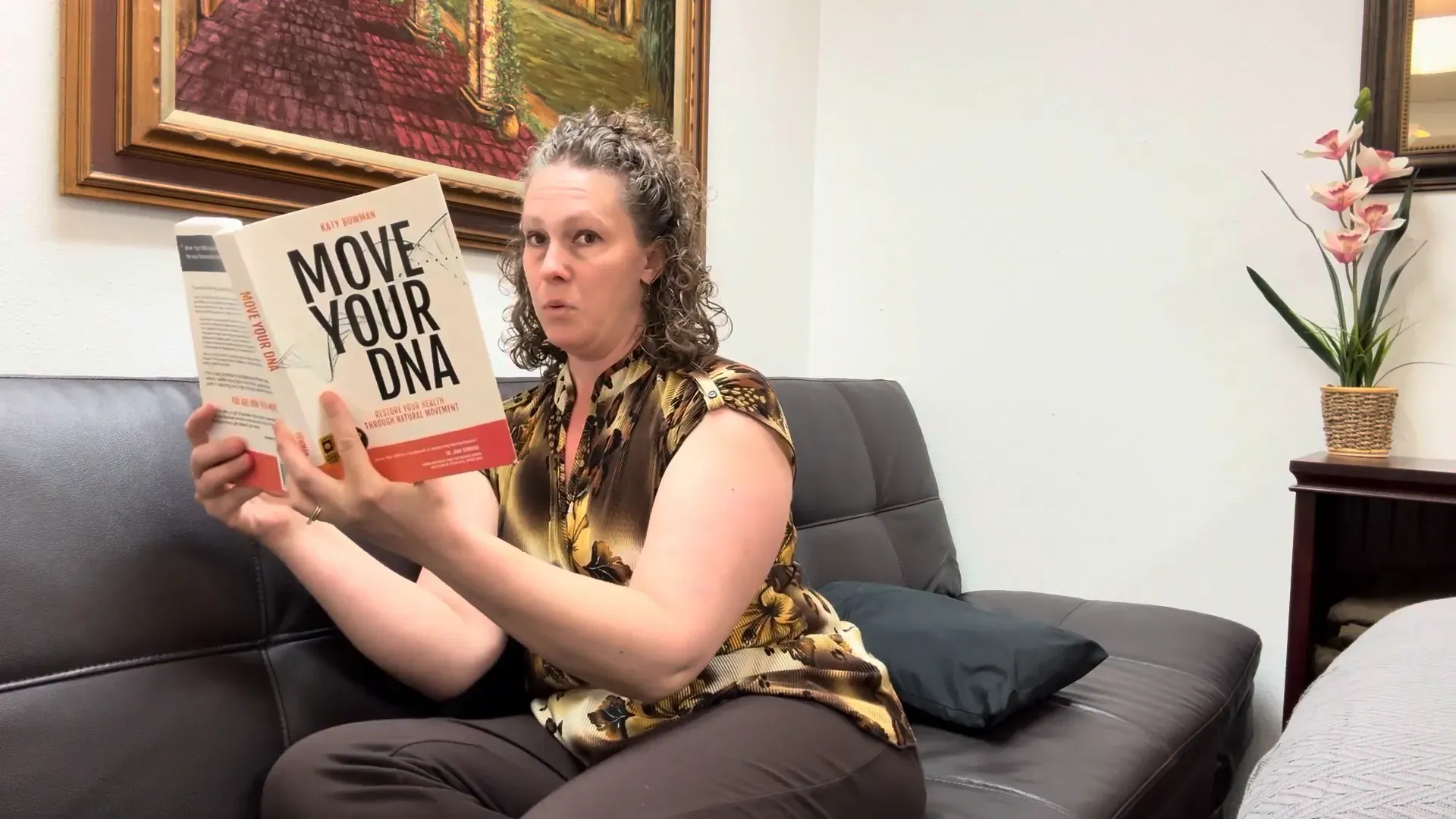
Leaning back against a couch
Leaning back can feel comfortable, but often people let their head drop forward when they do. Instead:
- Place a small pillow behind your neck so your head is supported and not tilted down.
- Lift the book to eye level. If that’s tiring, prop the book on a pillow on your chest and shuffle the pillow up so the pages are closer to your eyes.
Lying on your side
Side-lying is a common reading posture in bed. Do it this way:
1. Use a firm pillow under your head that keeps your neck neutral—don’t let the head bend forward or droop backward.
2. Hold the book in front of you at eye level with your top hand or rest it on a wedge pillow. Turn the pages with small wrist motions rather than twisting your torso.
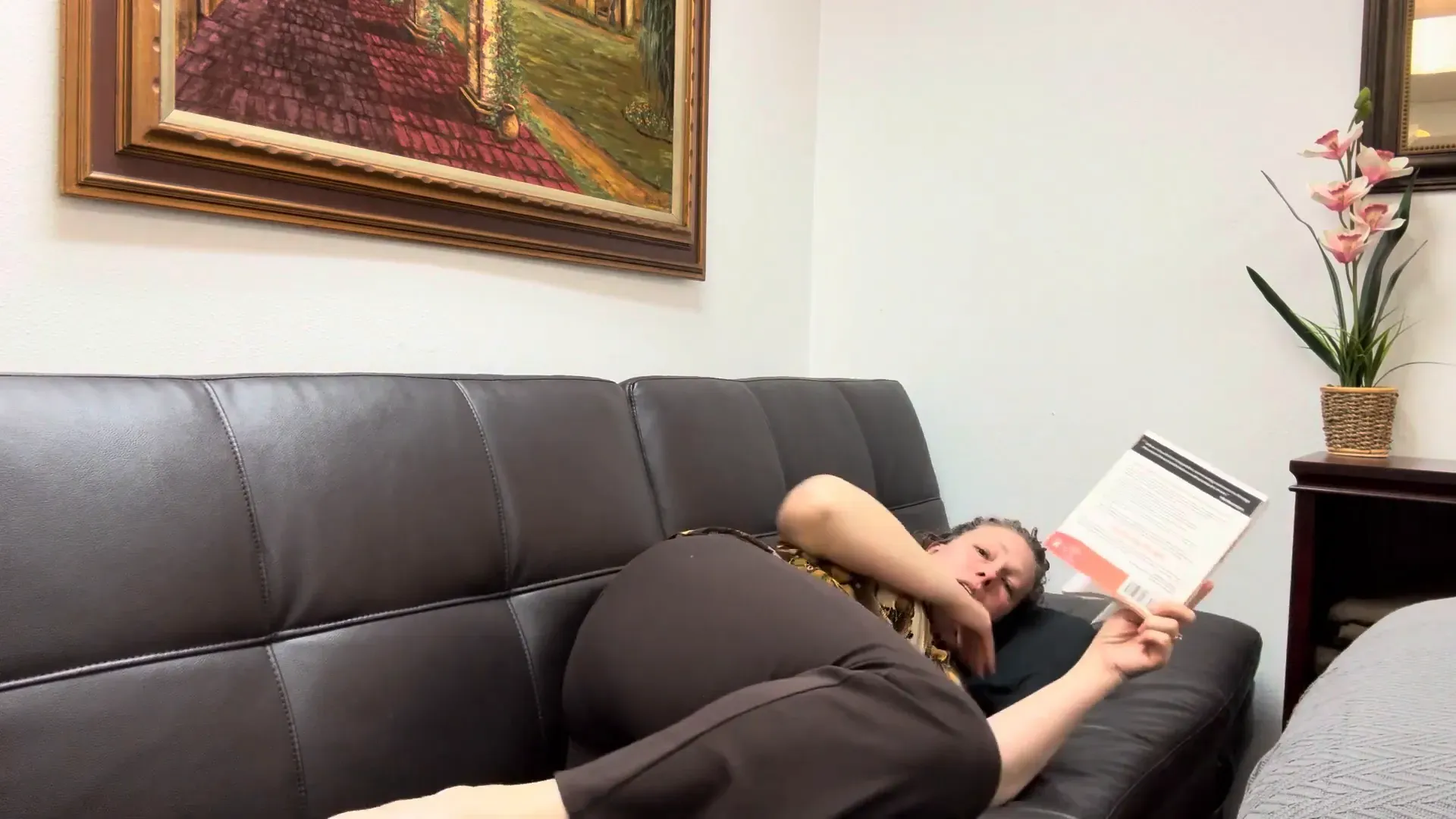
Lying on your back (supine)
Reading on your back can be excellent for spinal alignment when done correctly:
- Place a pillow under your head that supports the natural curve of your neck but does not lift your chin forward.
- Bring the book up with both hands or use a bookstand above your chest so your head stays neutral.
Standing while reading
If you like to stand while reading, keep the book at eye level and avoid looking down for long stretches.
Tools and props that help
Using simple props can make a big difference and let you read comfortably for longer:
- Pillows or wedges to raise a book or support your arms.
- Adjustable bookstands for reading in bed or on the couch.
- Lap desks or tablet holders for e-readers.
- Lightweight reading glasses if you tend to lean in to see the text—correcting vision reduces forward head posture.
Short relief exercises to do between chapters
Reading with good neck posture also means taking movement breaks to unload tense tissues. Try these mini-exercises every 15–30 minutes:
- Chin tucks: gently draw your chin back, lengthening the back of your neck. Hold 3–5 seconds, repeat 8–10 times.
- Shoulder rolls: lift shoulders up toward ears, roll them back and down 8–10 times.
- Head turns: slowly turn your head left and right within a comfortable range 6–8 times each side—keep shoulders relaxed.
- Suboccipital release: place fingertips at the base of your skull and breathe into the area; gentle pressure can soothe tightness (see the suboccipital self-massage guide linked below for more).
Common mistakes and how to fix them
Here are mistakes I see often and quick corrections:
- Mistake: Letting the head drop forward. Fix: Bring the book up to eye level or prop it on pillows.
- Mistake: Holding the book with arms hovering and shoulders shrugged. Fix: Support your forearms on pillows or armrests so shoulders stay down.
- Mistake: Staying in one position for too long. Fix: Set a timer for 20–30 minutes to change position or stand briefly.
When neck pain persists: practical next steps
If you’ve tried these adjustments and your neck or shoulders still ache, consider targeted self-care routines and professional help. Self-massage and neuromuscular approaches can help release tightness in suboccipital muscles and the SCM, which are common contributors to headaches and neck pain.
Helpful resources from our practice:
Suboccipital self-massage guide: https://restorativehealthandwellness.com/suboccipital_self_massage_guide/
Understanding suboccipital headache causes and solutions: https://restorativehealthandwellness.com/understanding_suboccipital_headache_causes_solutions/
Follow-along relaxing head and neck tutorial: https://restorativehealthandwellness.com/follow-along-with-this-relaxing-head-and-neck-tutorial-video/
Headache self-massage for the SCM: https://restorativehealthandwellness.com/headache-self-massage-scm-sternocleidomastoid/
Other helpful posts on neck and shoulder care: https://restorativehealthandwellness.com/pain-at-the-base-of-my-head/ and https://restorativehealthandwellness.com/pain-in-my-neck/
Practical daily routine to protect your neck while reading
Here’s a simple routine you can use starting today to make reading with good neck posture a habit:
- Before you start reading, position yourself and the book so the text is near eye level.
- Support your arms on pillows or armrests to avoid shrugging your shoulders.
- Read for 20–30 minutes then do a quick 2–3 minute movement break (chin tucks, shoulder rolls, light walks around the room).
- Swap reading positions every 20–30 minutes: sit, recline, side-lying, or lie on your back.
- If you feel tightness in the base of your skull, follow the suboccipital self-massage guide for targeted release.
Why this works: the mechanics in plain English
When you bring the book up to eye level, your head stays stacked over your spine rather than hanging forward. This stack reduces the lever arm that your neck muscles must resist. Supporting your arms keeps the shoulders relaxed so the upper traps don’t work overtime. Together, these changes lower the constant tension that leads to pain and stiffness.
Final tips and encouragement
Reading is one of life’s simple pleasures—don’t give it up because of neck pain. Small changes in how you hold your book and how often you move can have a big impact. Start by reading one chapter with these adjustments and notice whether your neck feels less tired afterward. If you want structured help, explore more tutorials and self-massage guides on our site or book a session for hands-on neuromuscular work.
More resources and services: https://restorativehealthandwellness.com and our blog hub: https://restorativehealthandwellness.com/blog/
Want personalized help?
If you’re consistently struggling with neck or shoulder pain, consider scheduling a medical massage or a consultation with our team. We specialize in neuromuscular approaches, TMJ-related tension, and headaches rooted in neck dysfunction. Contact us here: https://restorativehealthandwellness.com/contact-us-and-schedule-your-massage/
Thanks for reading—remember, reading with good neck posture is a small habit that pays big dividends for your comfort and long-term neck health.
Did this post help you! |
|
Then sign up for our FREE Email Newsletter! |
| Sign Me Up! |

